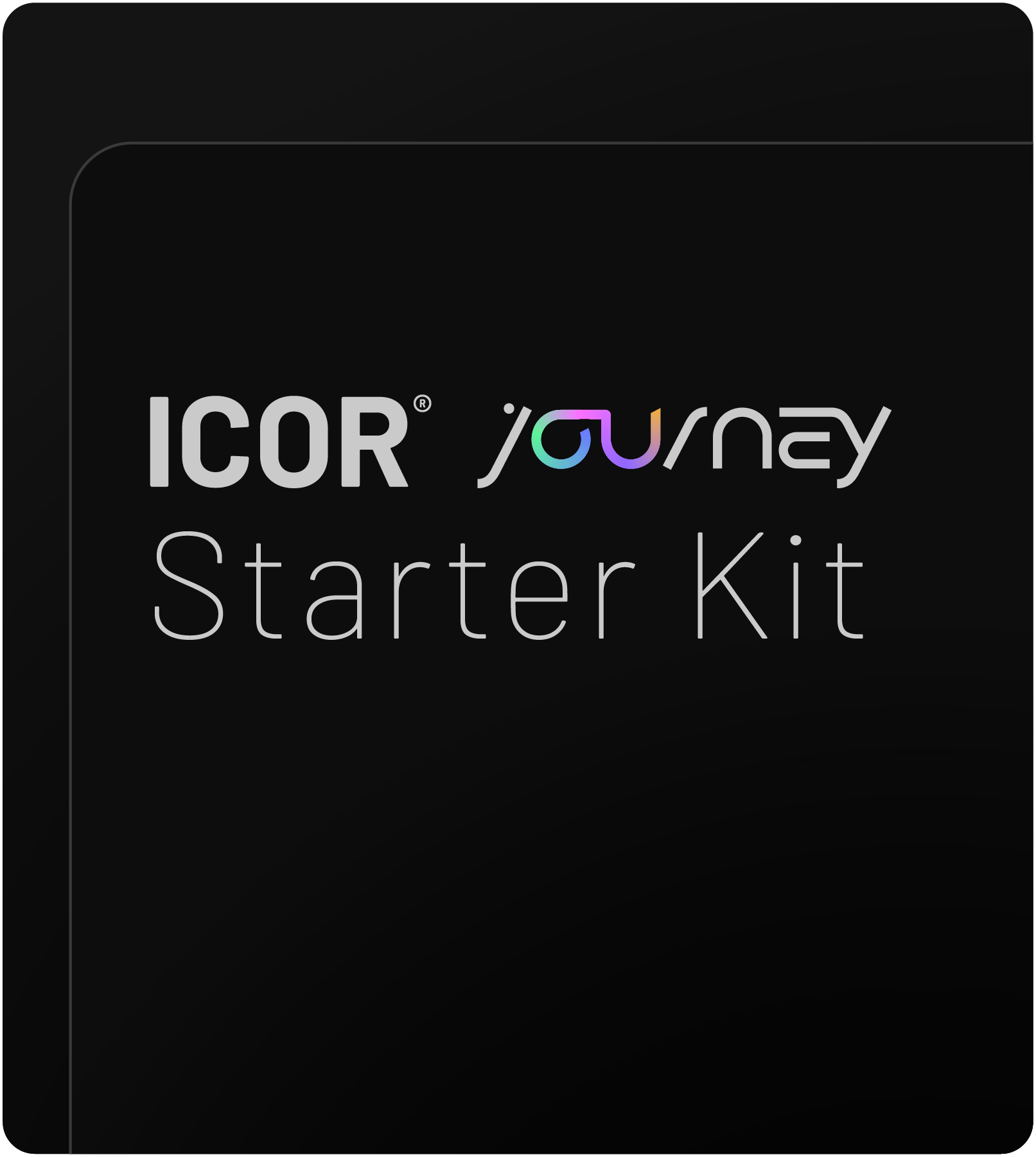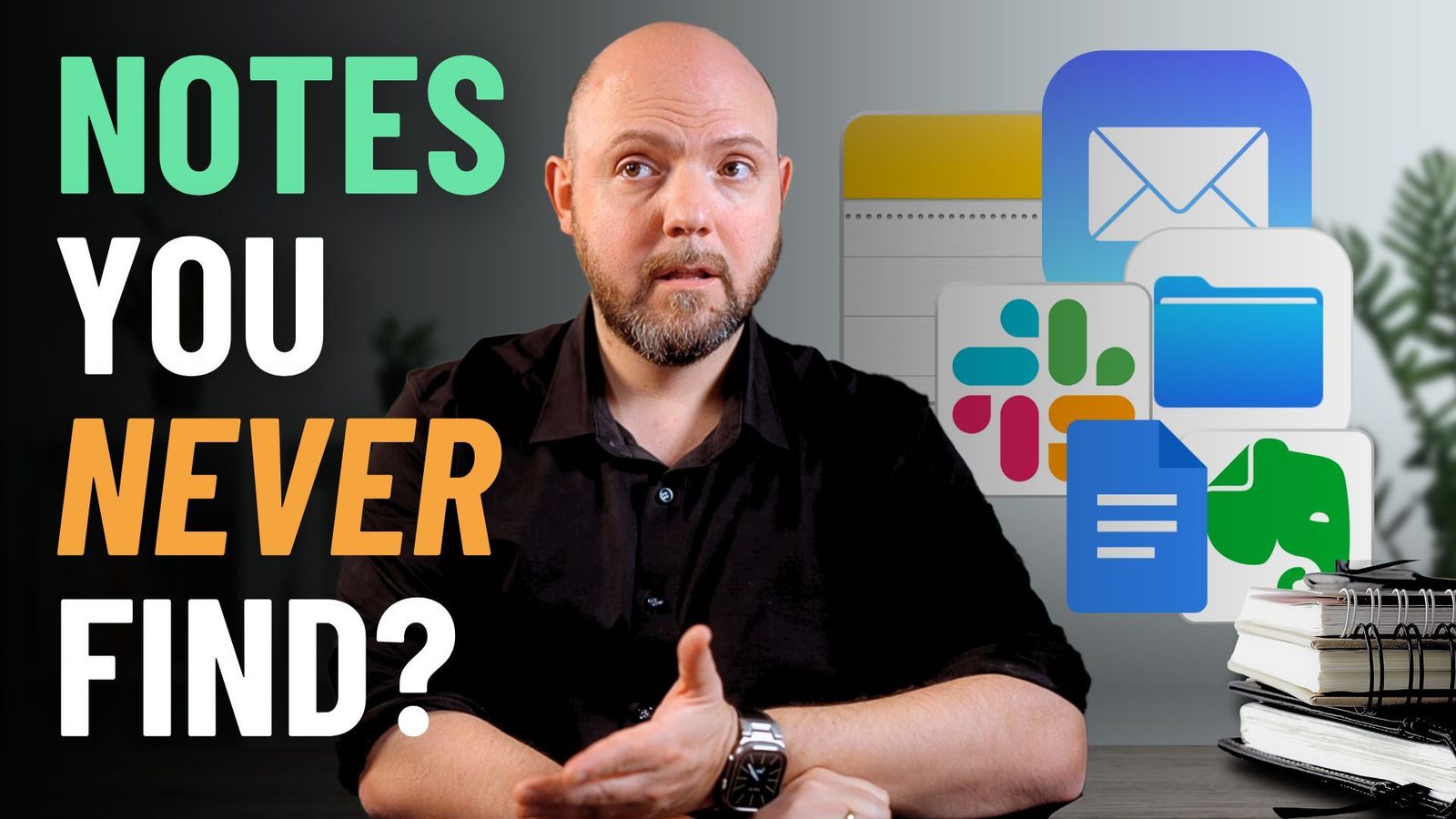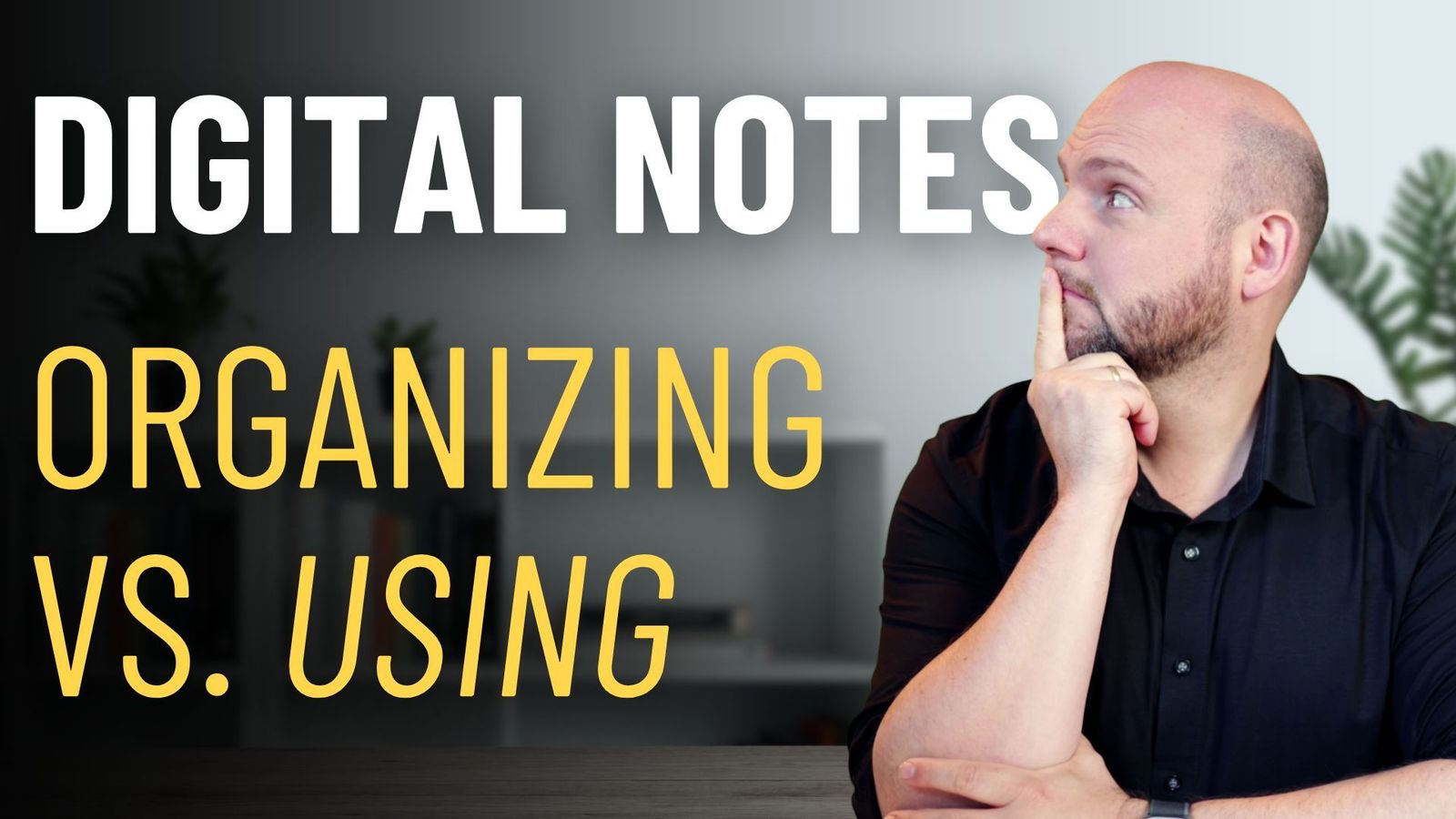Obsidian vs Heptabase: A Practical Perspective for Personal Knowledge Management
When it comes to choosing a tool for effective Personal Knowledge Management (PKM), Busy Professionals need solutions that are powerful yet simple, customizable yet reliable. Two of the most popular tools in this space today are Obsidian and Heptabase. Both are designed to enhance deep thinking and organize complex knowledge, but they approach this challenge from different angles.
Reliability Over Customization
One major distinction between Obsidian and Heptabase lies in their approach to functionality. Obsidian is widely known for its plugin ecosystem, which enables users to heavily customize their setups. While this is attractive to tinkerers, it introduces significant risk for professionals who rely on stability. A single outdated plugin can break entire workflows, which is simply not acceptable for those managing real-world projects or businesses. Heptabase, on the other hand, offers robust capabilities right out of the box, eliminating the need for plugins and ensuring a more stable experience.
Structure and Note Control
Staying in control of your notes is crucial in any PKM setup. A solid folder structure, like the one taught within the ICOR® framework, ensures that information is never lost or misfiled. In Obsidian, creating notes is straightforward, but the absence of intuitive automation (like auto-placement in a daily notes folder) can slow down workflows. Heptabase handles this more seamlessly, allowing users to jump into journaling or note-taking without breaking their flow.
Linked Notes and Aliases
Obsidian shines with features like aliases and backlinks, enabling users to build connections between notes easily. This functionality is ideal for complex relationships, like referencing a colleague by different names in different contexts. While Heptabase lacks alias functionality currently, it compensates with a more visual and intuitive backlink system, allowing you to explore relationships through clean UI elements and direct navigation.
Visual Thinking and Whiteboards
Both platforms support visual thinking through canvases or whiteboards. However, Heptabase takes this further by making visual relationships more than just graphical. When you connect two notes on a whiteboard in Heptabase, the link appears contextually in both notes—with directional metadata and clickable context. Obsidian’s canvases allow for visual grouping and simple linking, but those connections do not persist in the note content itself, reducing long-term utility.
Date Mentions and Semantic Journaling
One of Heptabase’s most powerful features is its semantic handling of dates. Mentioning “next Tuesday” automatically links to a card representing that date, making future-oriented planning effortless. In contrast, Obsidian requires manual date entry and linking, which disrupts the flow for Busy Professionals who don’t want to fiddle with syntax or look up calendar dates during note-taking.
Database Capabilities
Heptabase introduces an intuitive, flexible database system that lets you create, tag, and filter items on the fly. Whether you’re managing tools, tasks, or notes, databases can be created directly from within your notes, without breaking context. Obsidian is rolling out a database-like feature, but at the time of writing, it’s not publicly available and still relies heavily on plugins for similar results.
Final Thoughts
Choosing the right PKM tool depends on your needs, but for Busy Professionals who value reliability, simplicity, and visual clarity, Heptabase currently offers a more complete out-of-the-box experience. While Obsidian is powerful and evolving, its reliance on plugins and manual setup makes it better suited to hobbyists or users willing to invest more time in configuration.
We invite you to take your productivity to the next level with the Paperless Movement® Membership, where we teach end-to-end workflows with comprehensive training in Note-Taking, Personal Knowledge Management, Task Management, and Project Management. If you’re ready to stop tinkering and start executing, this is where you’ll find the guidance and tools you need.
Explore our full range of courses, including the Email Management Course, and take control of your digital life today.




